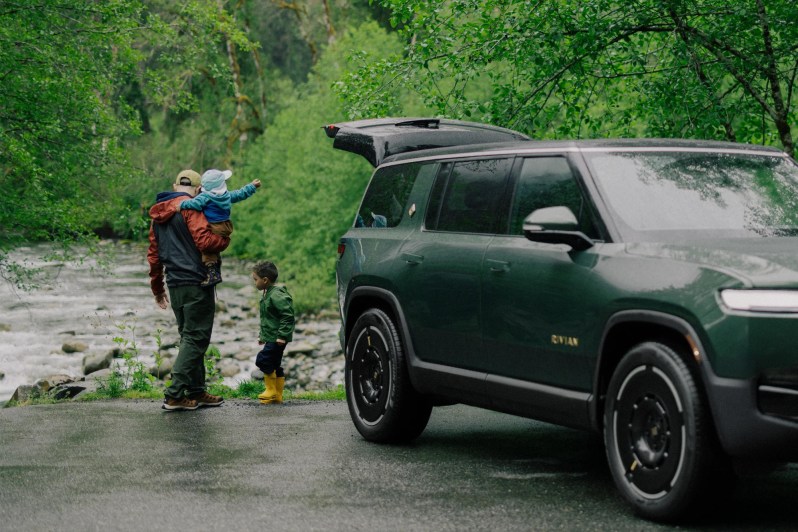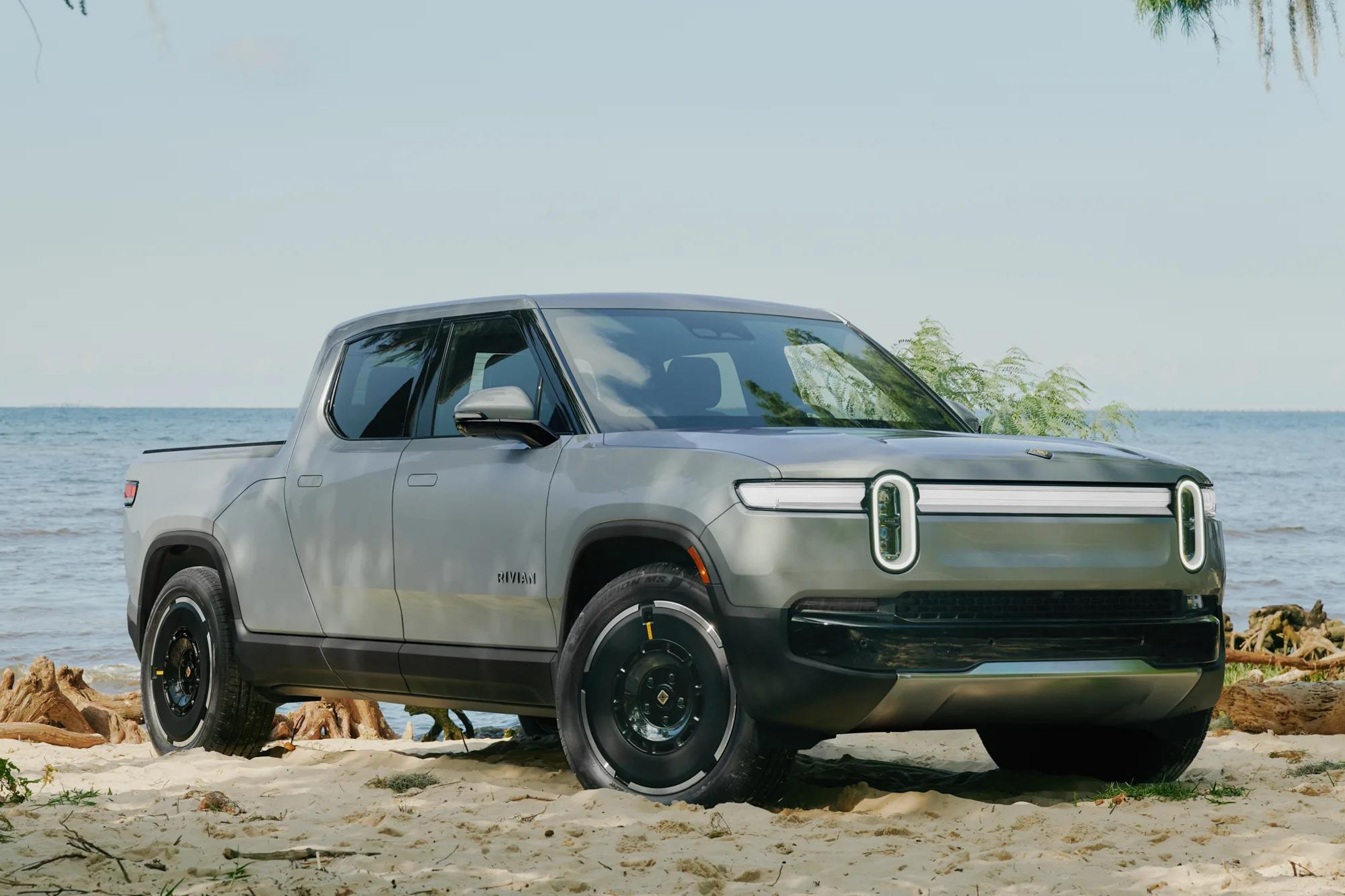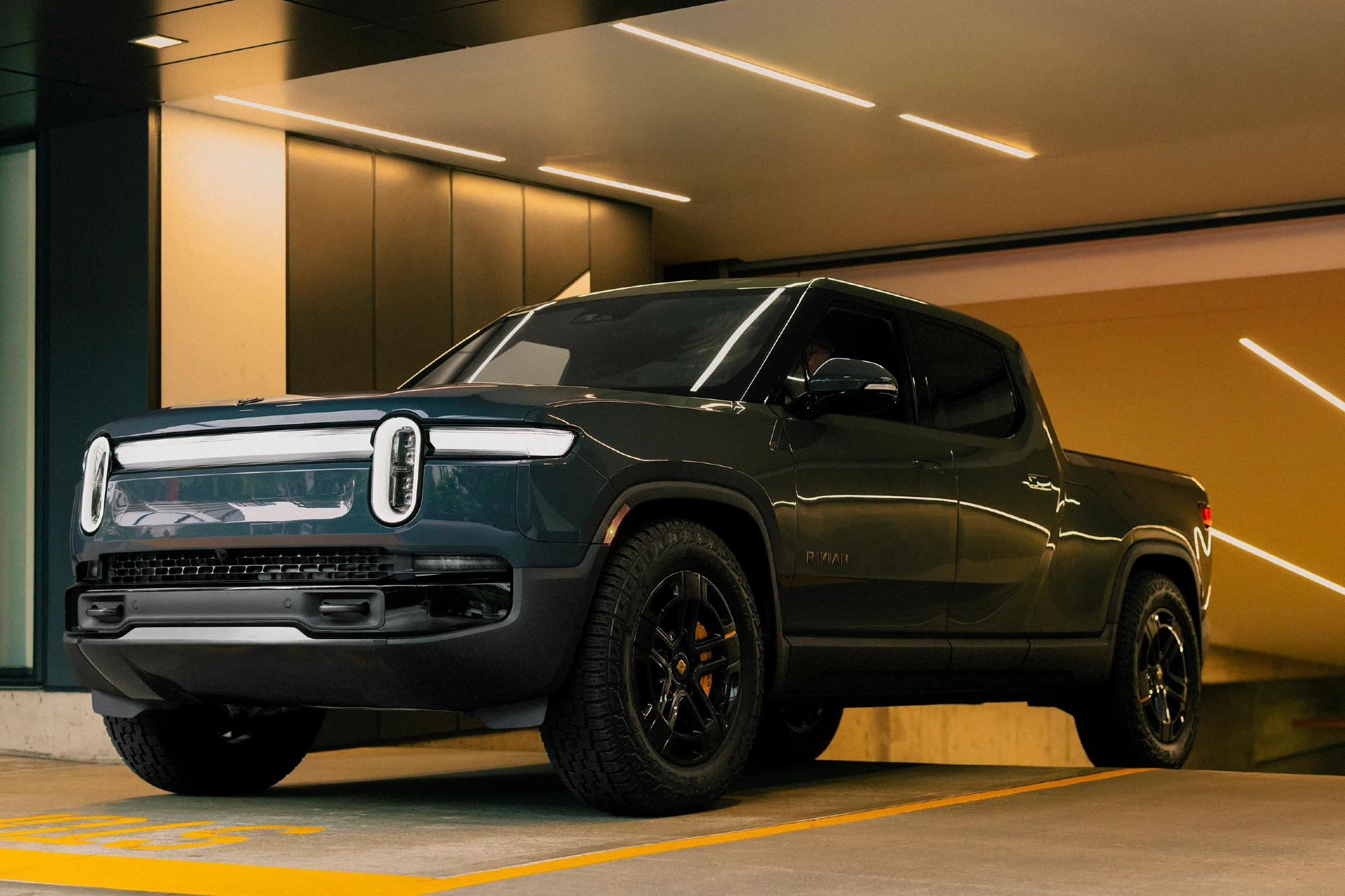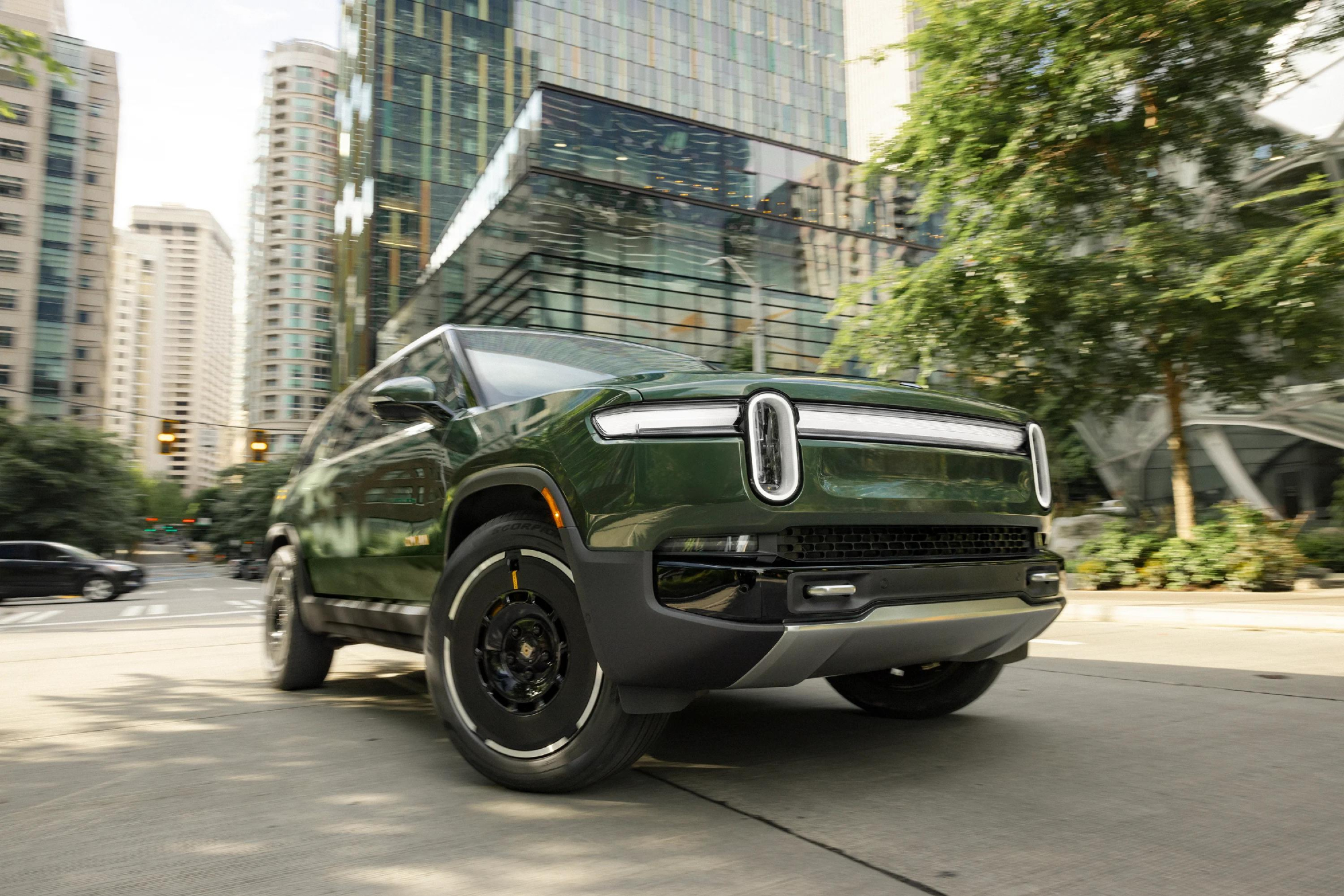
Rivian recently presented second-generation models of its original R1T EV pickup truck and R1S EV SUV. The EVs have significant performance upgrades, new drive systems, a new user interface and experience software platform, and many other improvements, according to Rivian, which describes the new generation as completely reengineered.
Power and range are two of the biggest changes. The new R1T and R1S models will be available with Rivian’s in-house developed Dual-Motor, Tri-Motor, or Quad-Motor power trains. A new-generation R1T with the Quad-Motor setup will generate 1,025 horsepower and 1,198 lb-ft of torque, capable of 0-60 mph acceleration in less than 2.5 seconds, Rivian says. New battery packs will have a range of up to 420 miles per charge.
Why 2nd-gen Rivian EVs are a big deal

Rivian’s second-generation EV truck and SUV are significant for several reasons, primarily concerning the R1T truck. Truck and SUV sales currently account for most new car sales in the U.S., but trucks have been the best-selling cars for decades. Trucks are extremely important, led by the Ford F-150 series, the perennial biggest seller, plus the Chevy Silverado 1500 and RAM 1500 series.
Rivian was the first all-electric truck on the market that wasn’t based on an ICE (internal combustion engine) model — such as the Ford F-150 Lightning EV. The Rivian R1T earned high press for many innovative features and was followed by the Rivian SUV, the R1S. The fact that Rivian has enough power to continue as a new brand and launch major revisions to the two original models is a big deal.
RJ Scaringe, Rivian CEO, and founder made the following statement when introducing the new EVs. “We continue to evolve our flagship R1 vehicles, offering quality and performance without compromise. Our revamped R1S and R1T push the technical boundaries further, creating our most capable products to date.”
Rivian R1T and R1S: Important changes
There’s much, much more to Rivian’s new R1T and R1S than the powertrain and battery packs, as crucial as they are. New thermal management increases efficiency and comfort. Newly-designed 22-inch wheels support increased range with aerodynamics. Rivian developed a new system for driver assist applications that use 11 cameras, five radar devices, and AI predictive features.
Rivian builds its vehicles in the U.S., and the new models are available for immediate order. The R1T starts at $69,900 and the R1S starts at $75,900.







